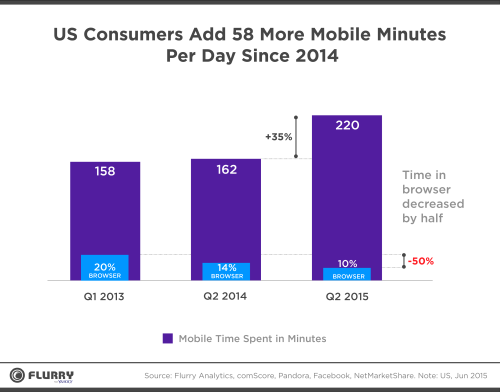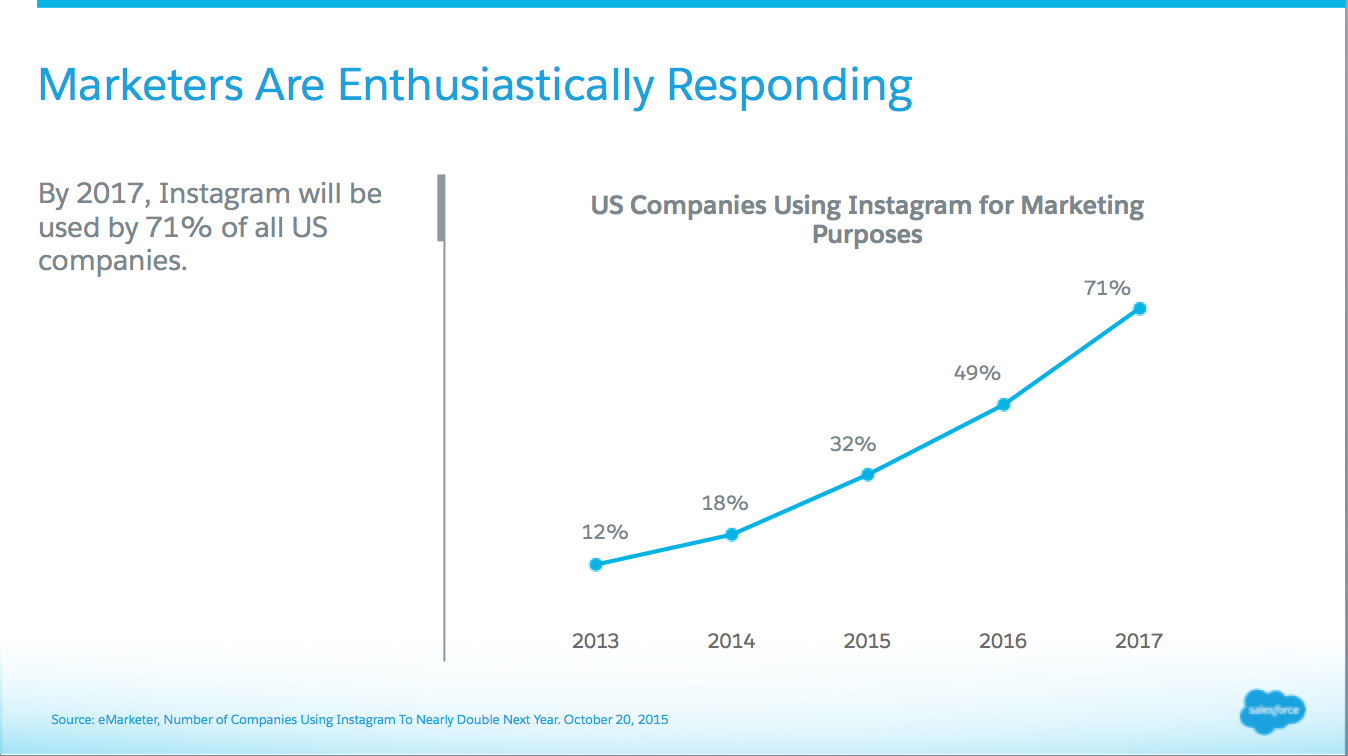
Get your FREE 30-day trial.
Please complete all fields.
As of 2015, the retail industry is by far the biggest spender in digital advertising. A major contributor to retail advertising’s high spending is the holiday season. Today, holiday shopping is no longer limited to open store hours and over-the-phone customer service. The growth of technology and platforms we’ve so quickly adopted (especially the most recent ad platform, Instagram), allow customers the access to all the tools and support they need to purchase whatever, whenever, and wherever. Not only that, but customers now have mobile apps at their fingertips that house all the information they need, like product specifications, store hours, customer support, and purchase reviews. As a result, advertisers have a responsibility adjust to their advertising strategies for these channels or risk getting left behind.
Twitter is known as one of the most popular channels for both retailers and shoppers, given its mobile-first nature. Shoppers are constantly looking up the latest holiday deals, reading reviews, asking for friends’ advice, and contacting brands for support, all on their smartphones. For this reason, advertisers need to start planning their Twitter Advertising holiday strategies.
It’s November, and shoppers are asking questions, searching for products, and looking for brands that will go the extra mile to make their holiday shopping a success. 80% of conversations starting in September and lasting through December are what we call “pre-purchase conversations”. Of these conversations, 30% focus on saving money and finding deals. Sunday is the day when most brands advertise their deals and steals, leading holiday shopping conversations to spike 87% on Twitter. So schedule your campaigns to align with your customers browsing habits on Twitter and let your customers know how they can save and what offers they can take advantage of. Most importantly, you mustn’t forget to create engaging ads for Black Friday and Cyber Monday, when the real fun begins!
Advertisers need to advertise within mobile apps as a component of their advertising mix. As stated previously, so many online conversations are happening on mobile devices. Even more interesting is the extent of mobile activity occurring in apps. According to Flurry, US consumers spend 220 minutes per day on their mobile device, 90% of which are spent in apps. The number of minutes per day jumped 35% in just one year. Platforms like Facebook, Twitter, Instagram, and LinkedIn have smoothly transitioned to the app space, offering advertisers a podium to reach consumers where they are clearly spending the majority of their mobile time.

By now you’re seeing the power of digital advertising within these social channels where consumers are so active. Over 88% of companies in the US are on at least one of the major social networks. However, one platform that has very quickly come to center stage in the advertising space particularly is Instagram. As of 2015, over 32% of companies (with 100+ employees) in the US are engaging in marketing activities on Instagram. Next year, that number will reach nearly 49%, and 71% by 2017. Instagram is no exclusion to the mobile movement we’ve been talking about. This year mobile ad revenue will reach $595 million and by 2017, it is forecasted that revenue will reach $2.8 billion. For a platform with its roots in mobile and apps, its adoption of advertising only seems fitting to be a success in a smartphone world.

Interested in reading more about the value of mobile advertising? Check out the Facebook Advertising Mobile Opportunity.